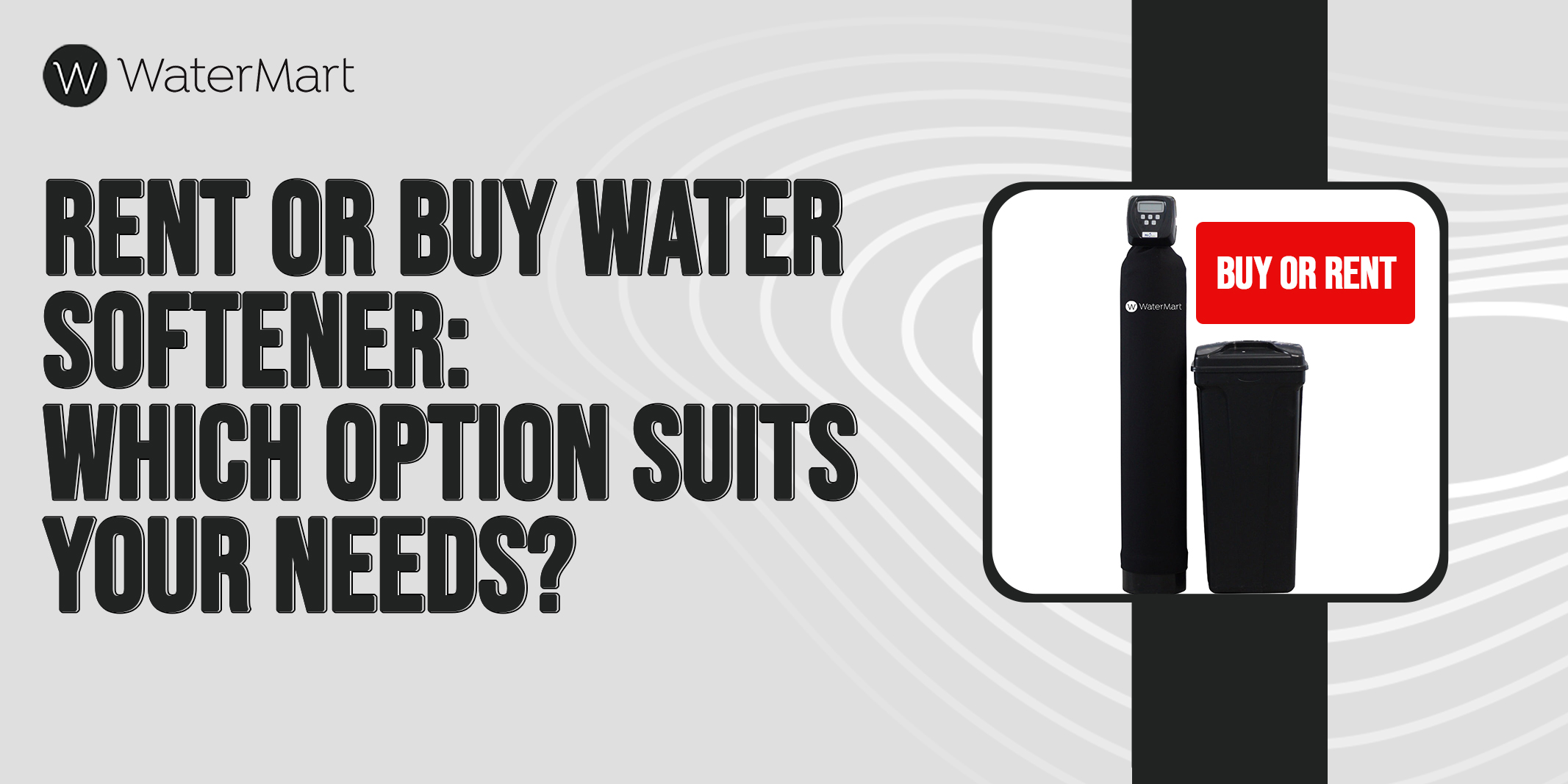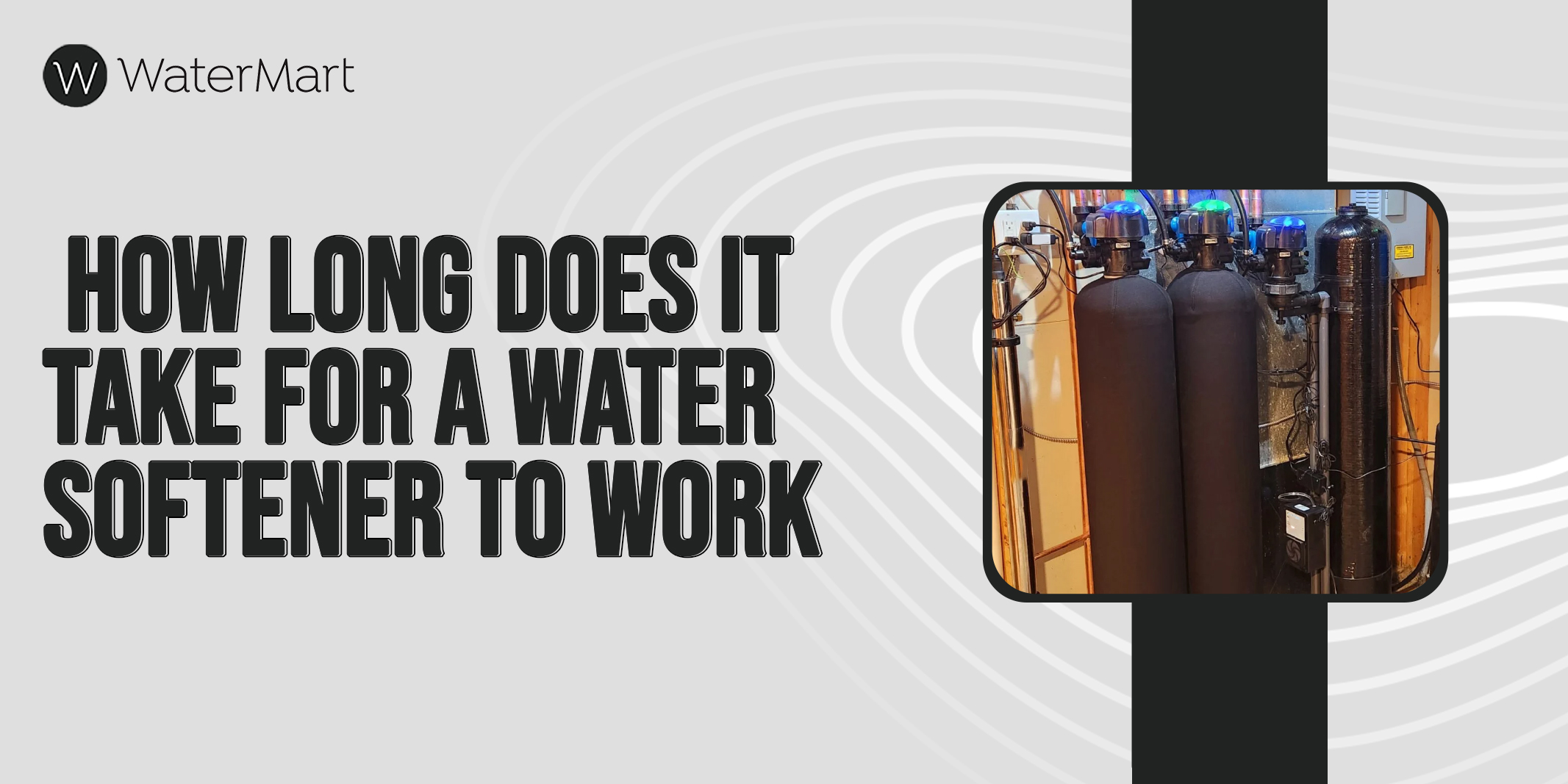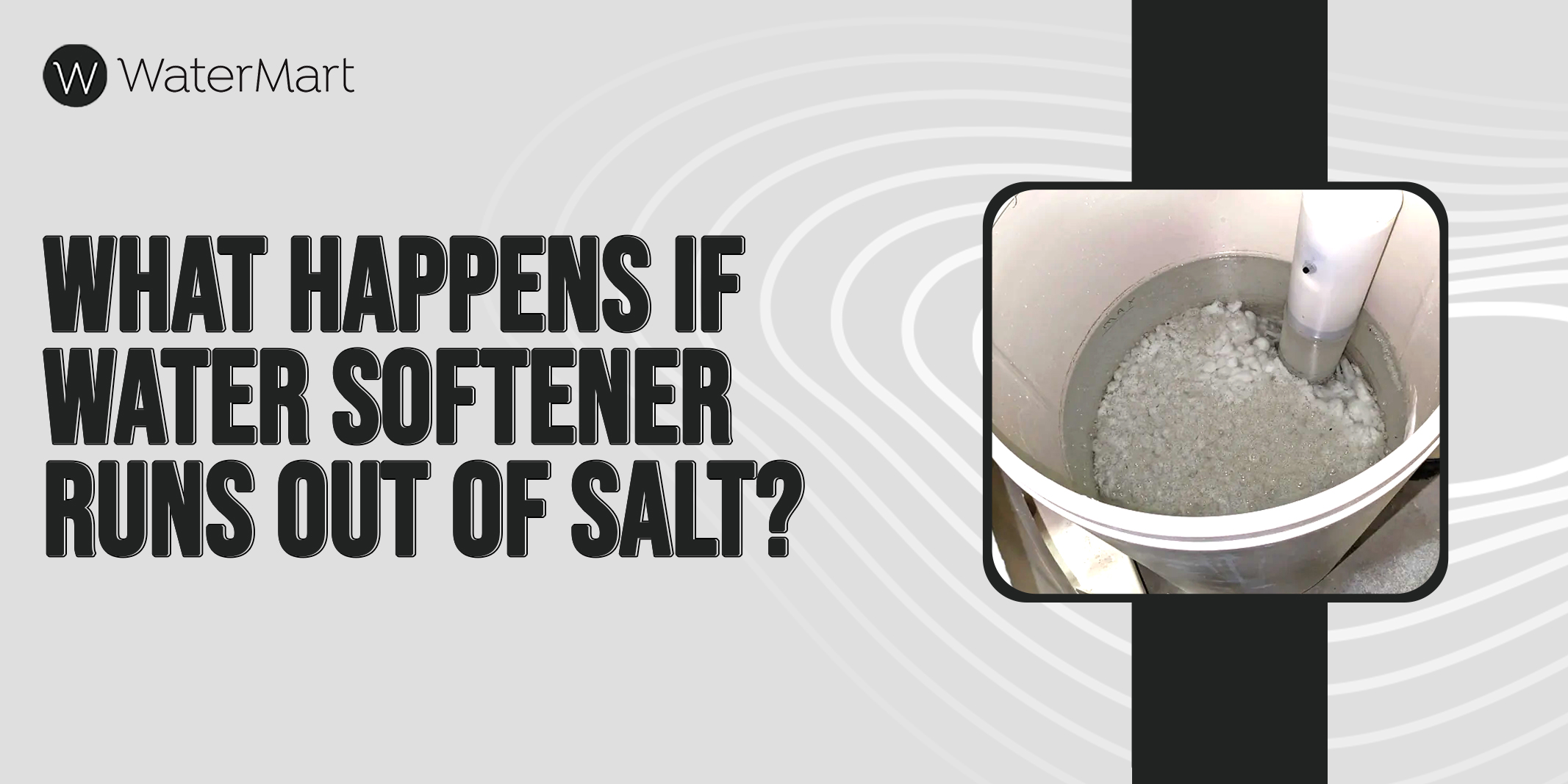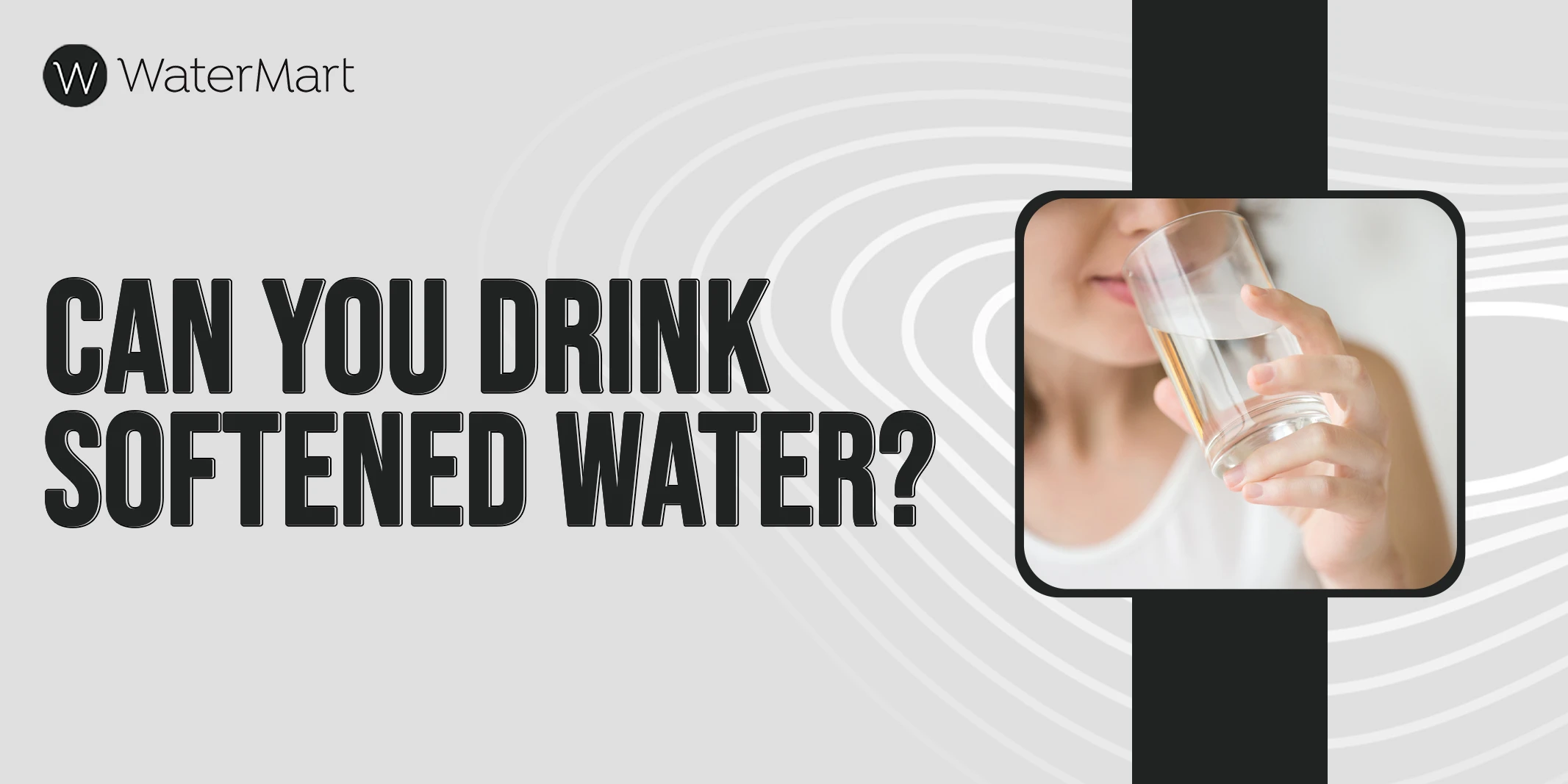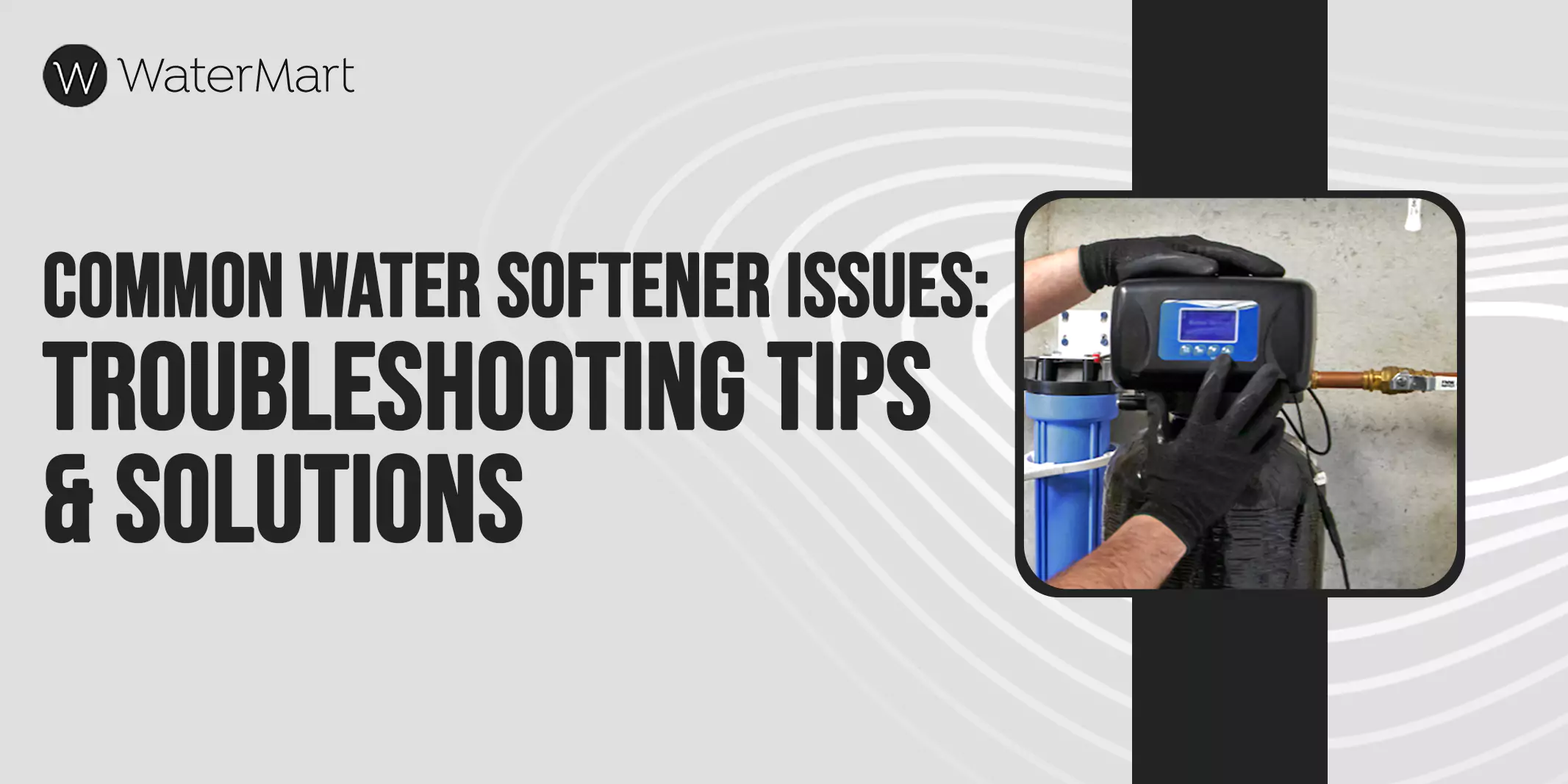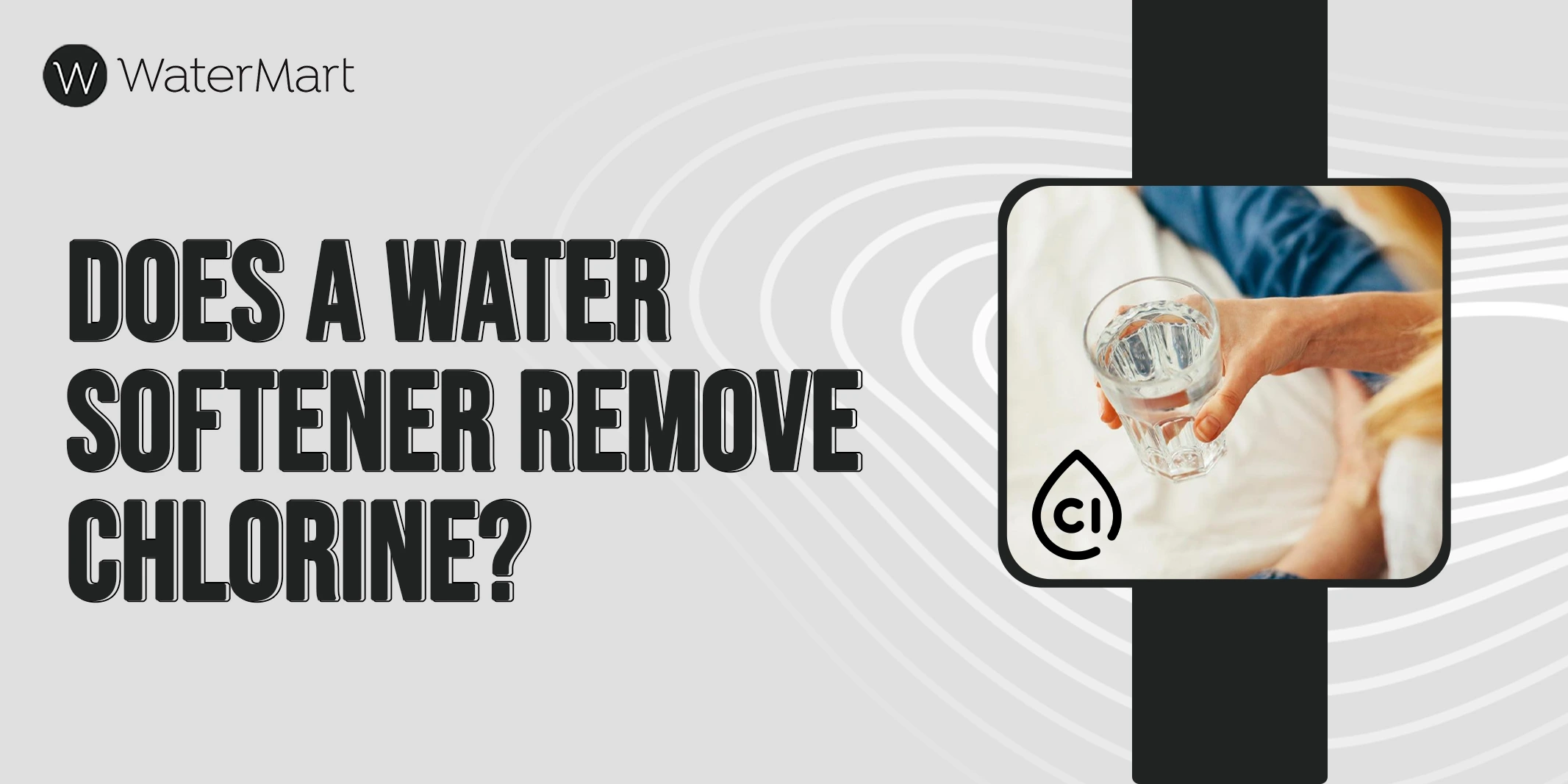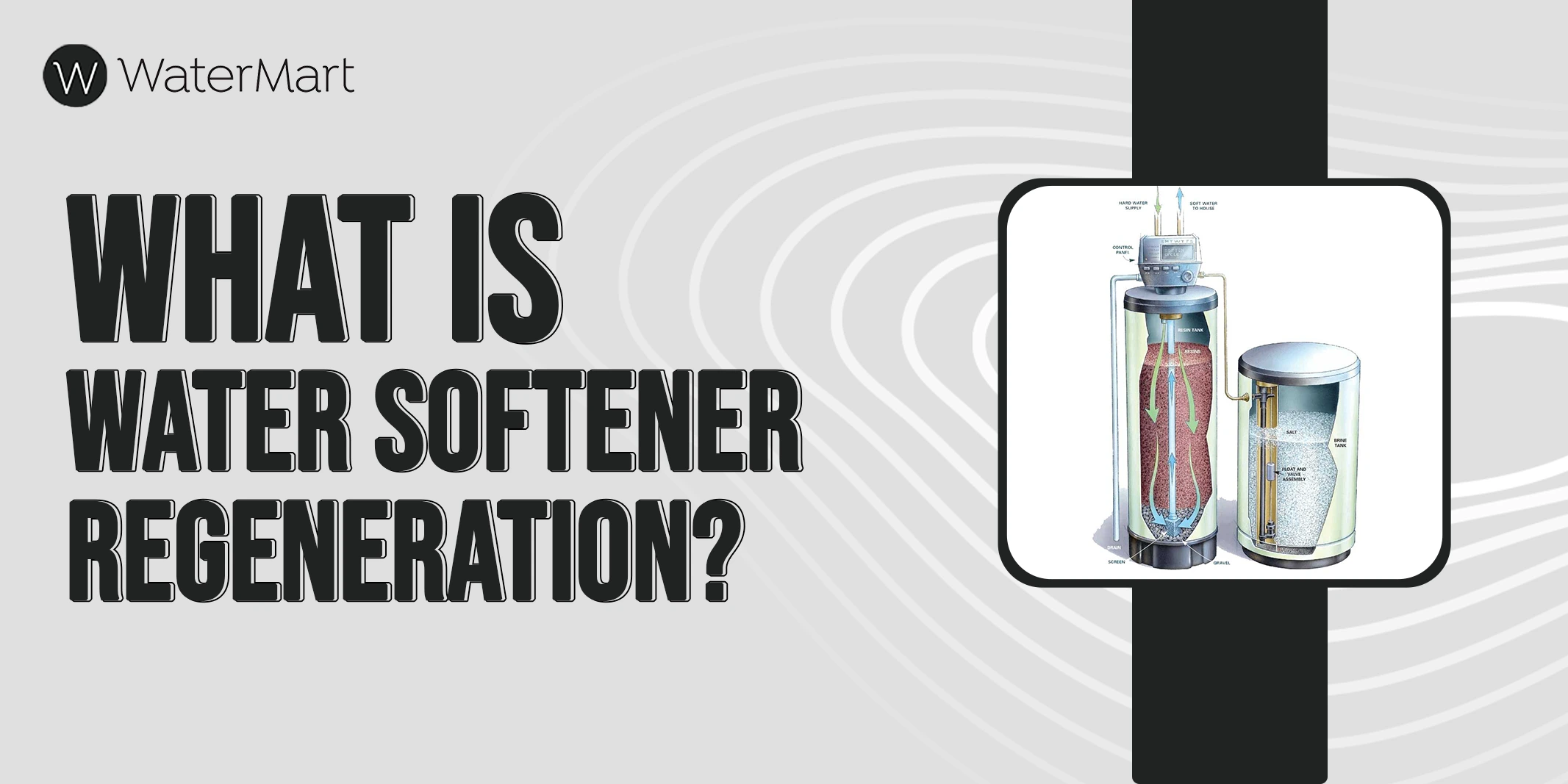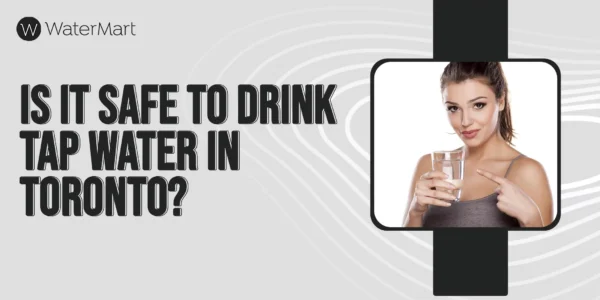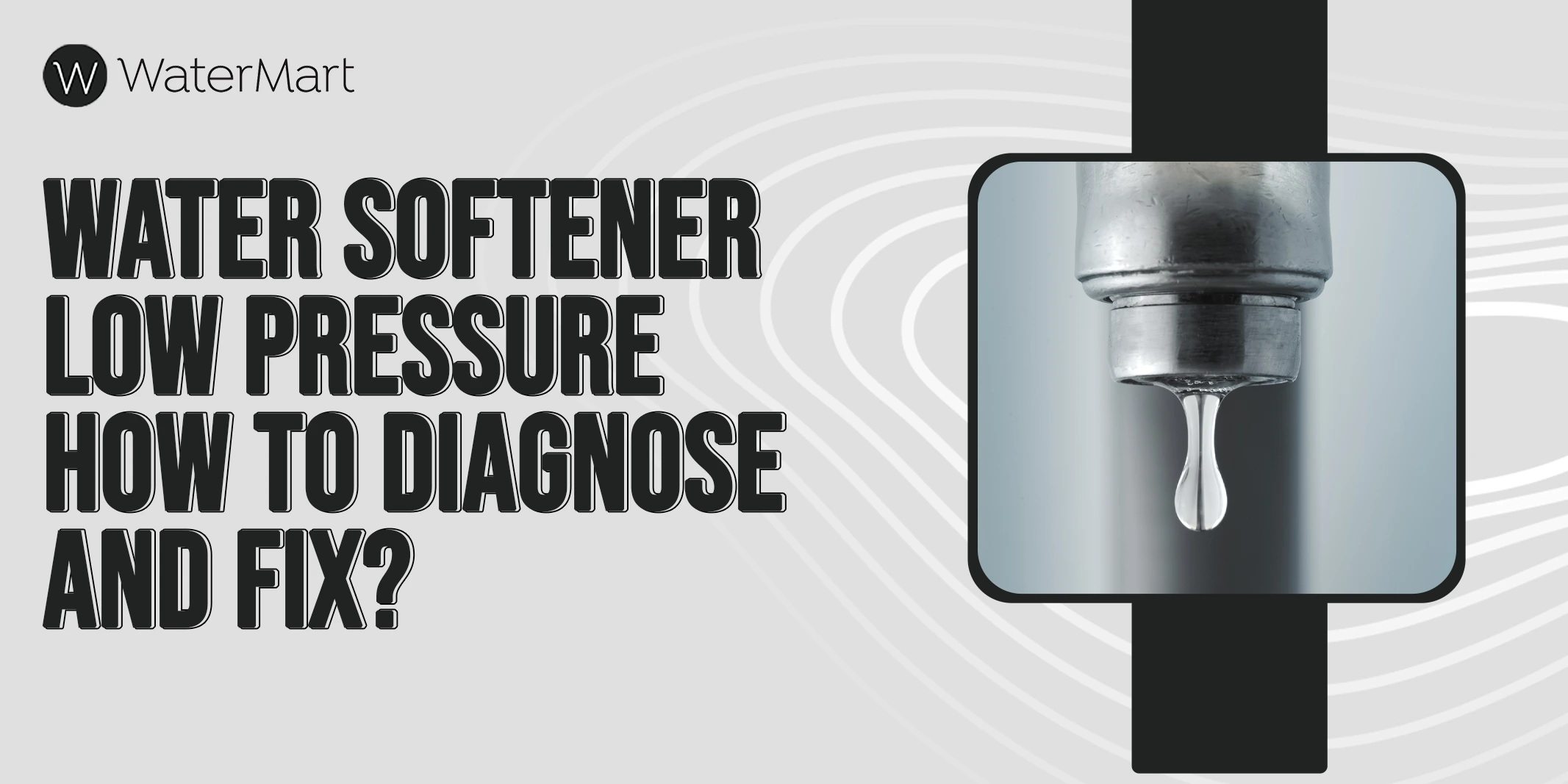Your cart is currently empty!
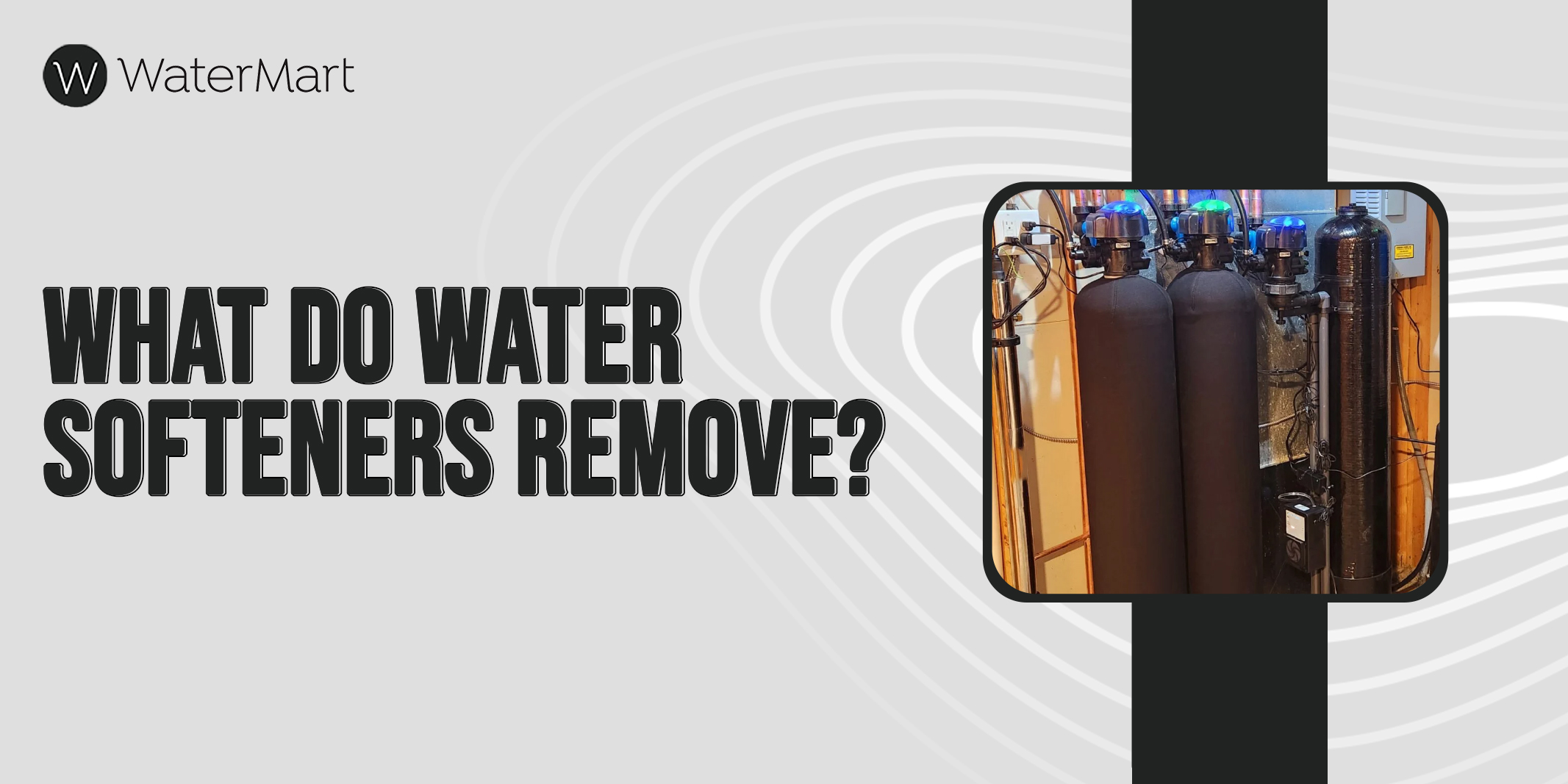
What Do Water Softeners Remove?: Guide to Hard Water Impurities
Thinking about getting a water softener and don’t know what do water softenrs remove, here are the complete water softeners’ working principles and the impurities they remove. Water softeners are resin beads-based ion exchange units that remove the hard minerals from the water, making it soft and usable for drinking and other household usage. These…
